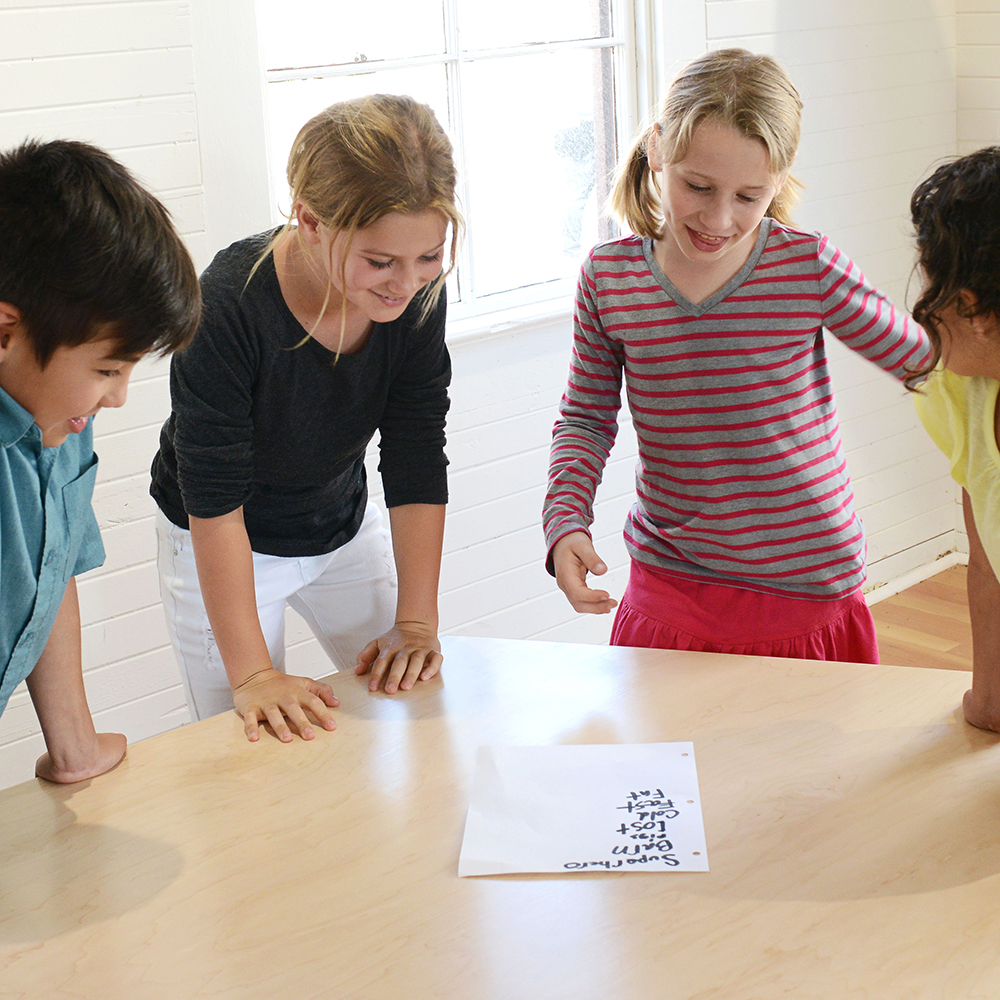Alternate words as you collaborate with a partner to create a unique, spontaneous, and inventive story. This group activity is great practice for creative collaboration. Each player must respect and grow the group story as it comes out rather than trying to force the story into a direction created in his or her individual mind.
Materials Required
- Paper
- Pen or pencil
Instructions
1. As a group, create a chart or list based on the following story structure:
- Introduce the main character and setting
- Introduce one main problem
- Find a conclusion for the problem
2. Find a partner.
3. With a partner, begin to create original stories based on the given structure, but do so alternating one word at a time. For example:
- Person A: “Once”
- Person B: “upon”
- Person A: “a”
- Person B: “time”
4. Tell stories that are only three sentences long (one for each part). The stories must follow the story structure given.
Additional Tips
Try this add-on activity:
- Tell the story in front of an audience. The story no longer has to be spoken one word at a time. Simply tell the story previously created. Cast the story (on the spot) with actors who can act out the story as it’s told out loud. Actors can do pantomime or use dialogue. Add costumes and props created from things found around the house.



